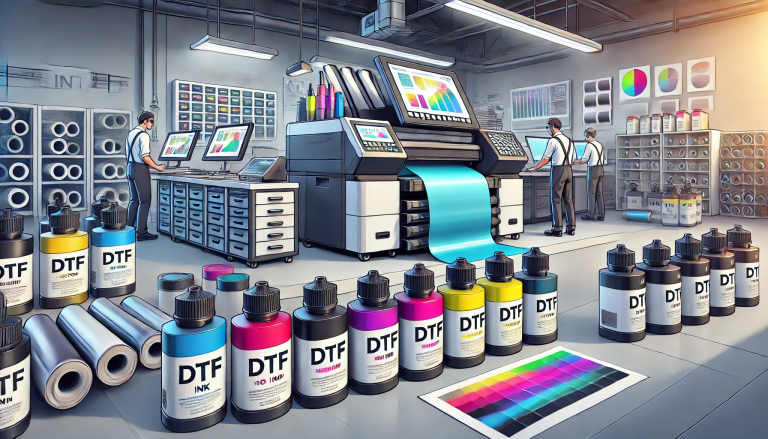“Does UV DTF use sublimation inks?” -MAXDTF- UV DTF AB Paper Supplier, UV DTF Direct Transfer Sticker Factory, Made in China
In the vast field of printing technology, two popular technologies are gaining popularity among professionals and hobbyists: UV (ultraviolet printing), DTF (direct-to-film printing), and sublimation printing. At first glance, many may wonder if UV DTF uses sublimation ink. Short answer: no, they don’t. To understand why, we must delve into the characteristics and applications of both methods.
What is UV DTF printing?
UV DTF, or Ultra Violet Direct To Film, refers to a printing method in which designs are printed onto a special film using UV-curable inks. Once printed, these inks are exposed to UV light, which quickly cures (or hardens) them. Once cured, the print can be transferred to a variety of products, from clothing to hard materials, using adhesive and heat.
Key features of UV DTF:
Instant UV curing: This makes prints ready for the next step almost instantly, minimizing downtime.
Versatility: Can be applied to a wide range of materials.
Durable: UV cured ink resists fading, water and general wear and tear.
What is sublimation printing?
Dye-sublimation printing uses sublimation ink, which changes from a solid to a gas when exposed to heat. The design is initially printed on sublimation paper. When this paper is heated (usually using a heat press) into contact with a suitable material, the ink sublimates and penetrates the fibers or coating of that material. The result is a durable, vibrant design.
Main features of sublimation printing:
No “hands” or textures: the design becomes part of the material and does not change the feel.
Brightness: Designs are bright and often have a smooth gradient transition.
Limitations: Works best on polyester or specially coated substrates.
Why UV DTF Doesn’t Use Sublimation Inks
Now that we understand the basics of both printing methods, the differences become clearer:
Ink composition: UV DTF uses UV-curable inks that harden when exposed to UV light. Sublimation ink, on the other hand, is designed to turn into a gas when heated.
Application Process: UV DTF transfers are applied using adhesive and heat, whereas sublimation requires the ink to penetrate the substrate.
Material compatibility. While both methods are versatile, sublimation is often used on polyester or specialty coatings, while UV DTF can be used on a wider range of materials.
Conclusion
UV-CTF and sublimation printing are different processes, each with their own unique advantages and suitable applications. UV DTF does not use sublimation inks as the inks and processes used are tailored to the respective techniques. When choosing between them, it is important to consider the desired end result, the substrate material and the needs of the project.



